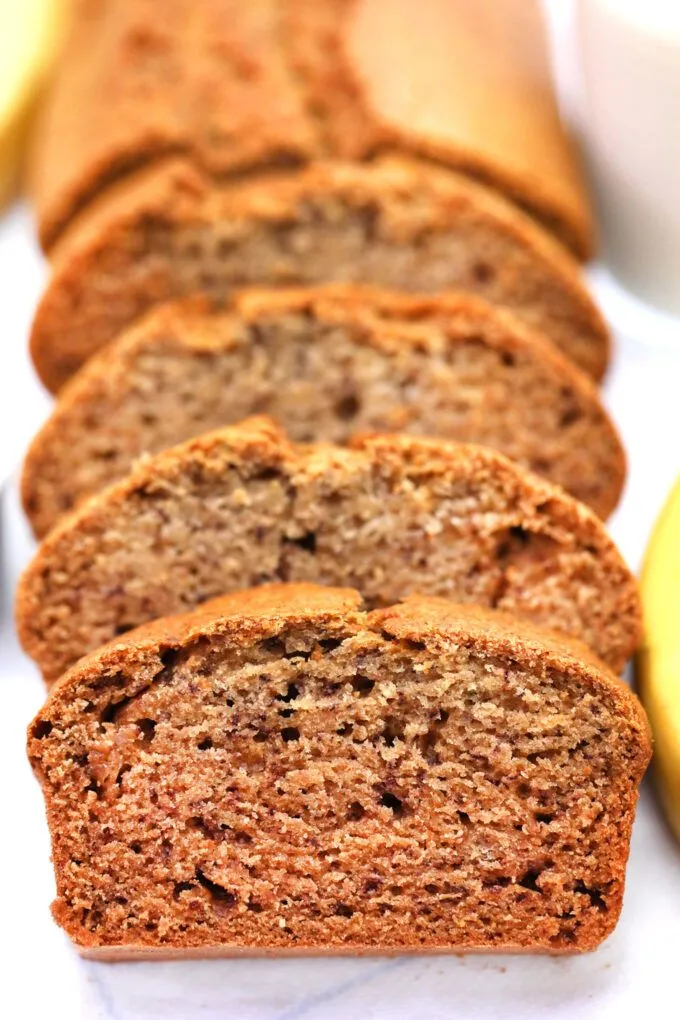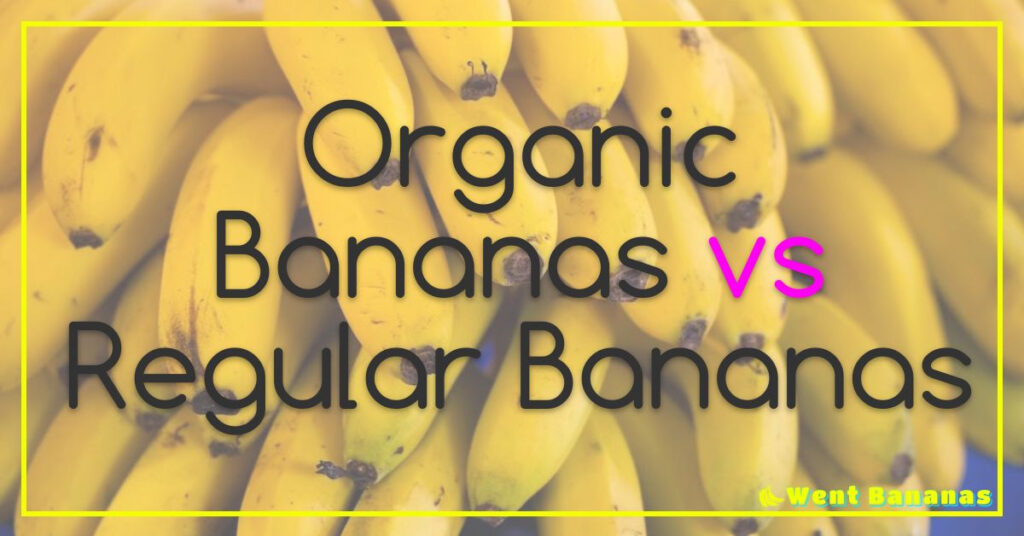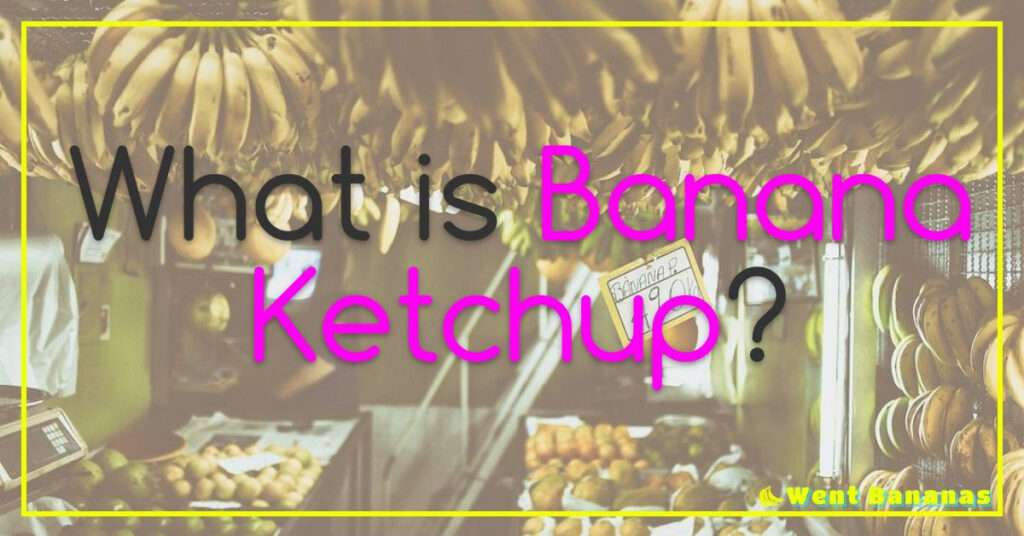Have you ever bitten into a slice of banana bread, only to be disappointed by its texture? Whether you like your banana bread light and fluffy or dense and moist, the texture is an important factor in its overall enjoyment. But what exactly should banana bread texture be like? In this article, we’ll dive into the world of banana bread, exploring what it is, why texture matters, and the different textures you can expect. We’ll also share tips on how to achieve the perfect texture and troubleshoot common issues. So, let’s get started, and learn more about this beloved baked good!
What is a banana bread?
When it comes to banana bread, the texture can make all the difference. A perfectly baked banana bread should have a moist and tender crumb with a slightly dense interior. It should not be too dry or too wet, but rather strike a balance between the two.
Achieving this ideal texture requires precise measurements and careful baking techniques. The right amount of bananas, sugar, and flour must be used in order to create a batter that will rise properly in the oven. Additionally, over-mixing can lead to tough bread while under-mixing can result in pockets of uncooked batter.

But why is texture so important when it comes to banana bread? For one, it affects the overall taste and enjoyment of the bread. A dry or tough bread is less appealing than one that’s moist and tender. Furthermore, texture also plays into how well the bread holds up over time – a good banana bread should remain soft for days after being baked.
So next time you’re whipping up some banana bread, pay attention to its texture as much as its flavor. With some practice and attention to detail, you’ll soon be baking perfect loaves every time.
Texture is a crucial aspect of banana bread, as it can make or break your baking experience. If you’re looking to create the perfect loaf, texture is something that cannot be overlooked.
When it comes to banana bread, a moist and tender crumb with just the right amount of density is ideal. Achieving this texture requires attention to detail during each step of the baking process.
One key factor in achieving optimal texture is using ripe bananas. The ripeness of your bananas will greatly impact the final result, as overripe bananas will add more moisture and sweetness to your batter.
It’s also important to measure your ingredients carefully and mix them thoroughly. Overmixing can lead to tough and dense bread, while undermixing can leave lumps or pockets of dry ingredients in your finished product.
Another crucial step in creating perfect banana bread texture is ensuring proper oven temperature and bake time. An oven that’s too hot can cause the outside of the bread to become dry and tough while leaving the inside underbaked.
In summary, achieving optimal texture in banana bread requires careful attention throughout each step of the baking process: choosing ripe bananas, measuring ingredients accurately, mixing thoroughly but not overdoing it, and ensuring proper oven temperature and bake time. By following these steps carefully with patience (and perhaps a dash of creativity), you’ll be able to create mouthwatering banana bread with just-right textures every time!
Banana bread is a beloved classic, but have you ever stopped to consider the different textures that can be achieved when baking this tasty treat? From dense and moist to light and fluffy, there are a variety of banana bread textures to explore.
One of the most popular textures is dense and fudgy. This type of banana bread is often made with extra mashed bananas and less flour, resulting in a moist and chewy texture. It’s perfect for those who love a rich, indulgent treat.

On the other end of the spectrum is light and airy banana bread. This type is typically made with more flour or leavening agents like baking powder or soda, resulting in a fluffier texture with lots of air pockets. It’s great for those who prefer a lighter option or want to enjoy their banana bread as part of breakfast.
Another popular option is the classic moist and tender texture. This type strikes a balance between dense and fluffy, with just enough moisture to keep it from being dry but not so much that it becomes heavy. It’s ideal for adding mix-ins like nuts or chocolate chips without weighing down the batter.
No matter what your preference, there’s sure to be a banana bread texture that suits your taste buds perfectly! So next time you whip up this delicious baked good, don’t be afraid to experiment with different ratios of ingredients until you find your ideal texture.
How to achieve the perfect texture?
When it comes to banana bread, achieving the perfect texture is a crucial component of a delicious end result. But what exactly should banana bread texture be like?
Firstly, the texture should be moist and tender, with a slight crumb. This can be achieved by using ripe bananas and not over-mixing the batter. Additionally, adding in ingredients such as yogurt or sour cream can help keep the bread moist.
However, it’s important to also achieve a balance between moisture and density. Banana bread should have some weight to it without feeling too heavy or dense. This can be achieved by using the right amount of flour and not overloading on add-ins like nuts or chocolate chips.

« The Ultimate Guide to Safely Cutting Bananas for Your Baby’s First Food
How to Make Delicious Banana Bread with Honey: Step-by-Step Recipe and Expert Tips »
Finally, achieving the perfect banana bread texture also involves considering its crust. The crust should be golden brown with a slight crunchiness that gives way to a soft interior.
In summary, achieving the perfect banana bread texture requires balancing moisture and density while also creating a desirable crust. With these tips in mind, you’ll be able to create deliciously textured banana bread every time!
Tips for Troubleshooting Common Texture Issues
While the topic of banana bread texture may seem like a niche area of interest, it is actually quite important for those looking to make the perfect loaf. One common issue that arises when baking banana bread is a dense or gummy texture, which can be frustrating for even the most experienced bakers.
To troubleshoot this issue, there are several tips and tricks that can be employed. First and foremost, it is important to ensure that your bananas are ripe enough before using them in your recipe. Overripe bananas will provide more moisture, resulting in a denser texture.
Another factor to consider is the amount of flour used in the recipe. Too much flour can lead to a dry and crumbly texture, while too little can result in a gummy consistency. It’s important to measure out ingredients accurately and adjust as needed based on how your mixture looks and feels.
In addition to these tips, incorporating more leavening agents like baking powder or soda can help create a lighter texture by increasing air pockets within the batter. And don’t forget about incorporating mix-ins like nuts or chocolate chips – not only do they add flavor but they also help break up any potential clumps or density within the batter.
By keeping these troubleshooting tips in mind when making banana bread, you’ll be well on your way to achieving that perfect fluffy yet moist texture we all crave. Happy baking!
Check out our other articles to find out even more about banana.
Banana bread is a delectable treat that comes in many different textures. Whether you prefer a dense, moist loaf or something more light and crumbly, understanding the various elements of banana bread texture can help you achieve your desired outcome. Hopefully this article has given you some insight into what makes banana bread great – but if not, check out our other articles to find out even more about bananas!











